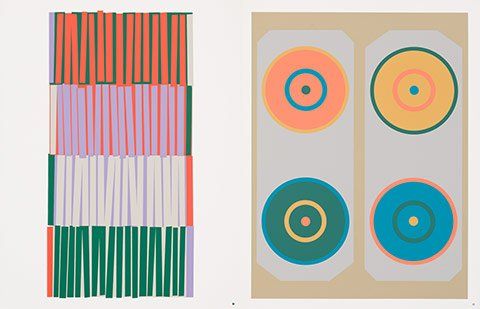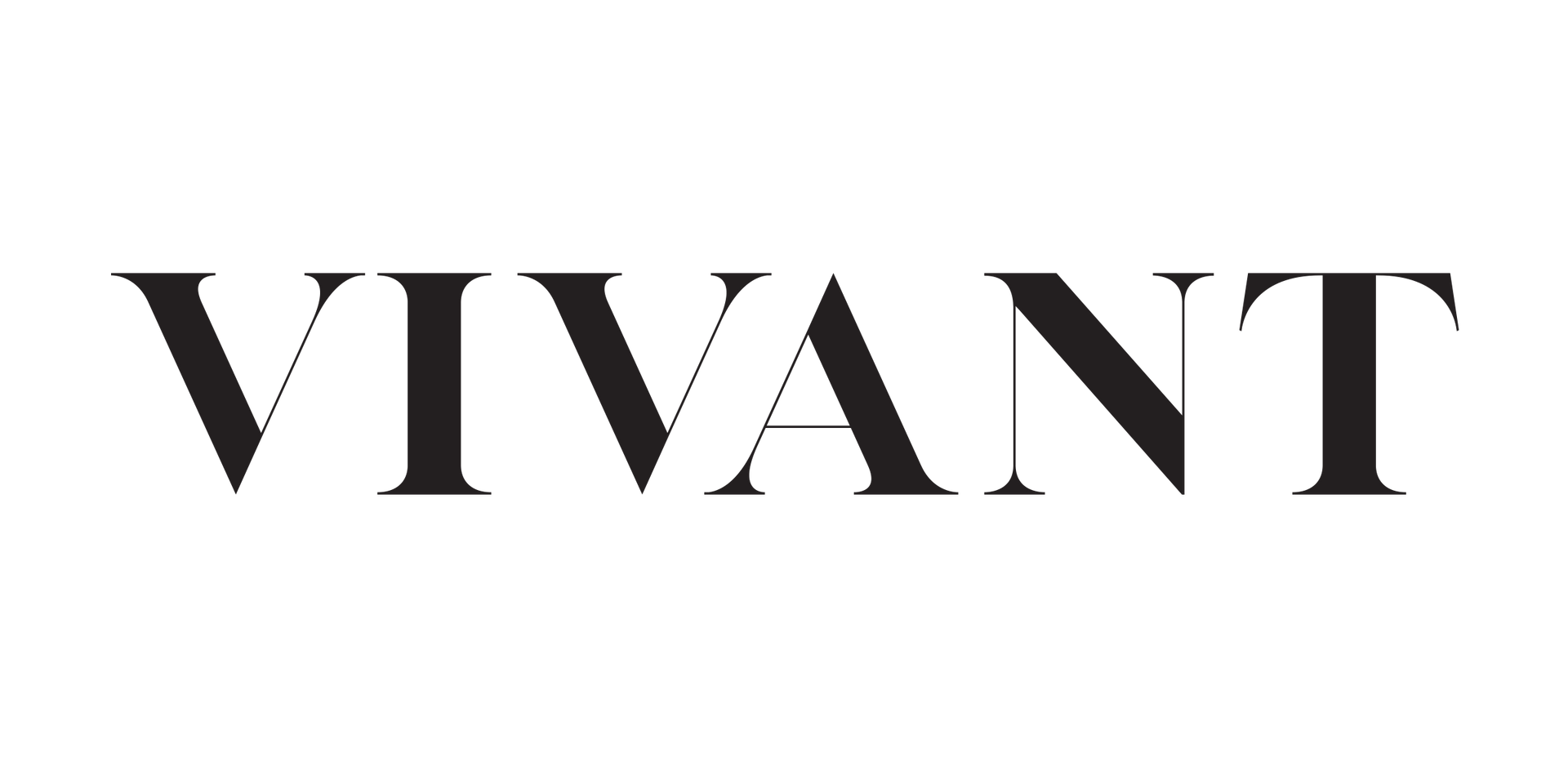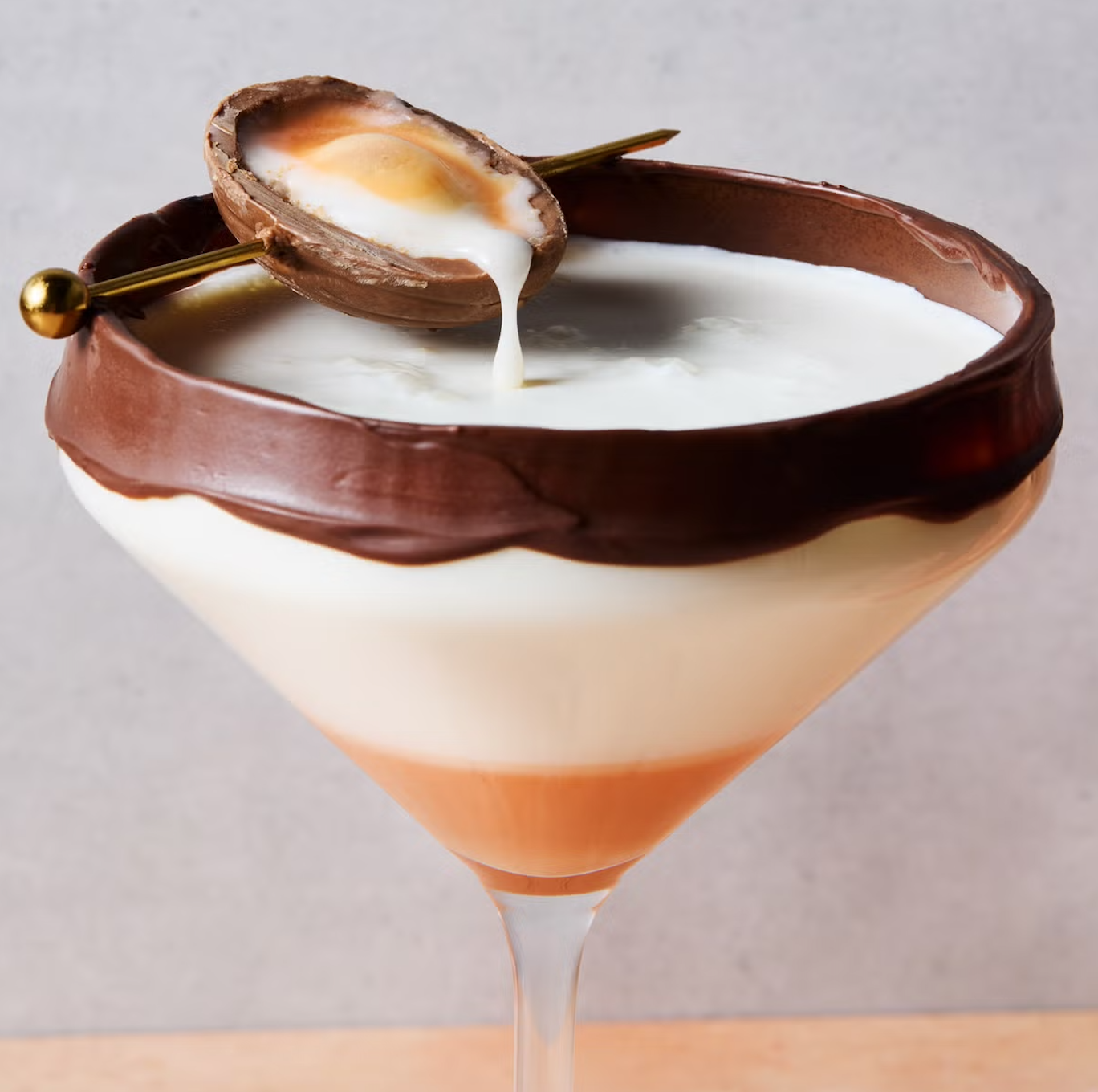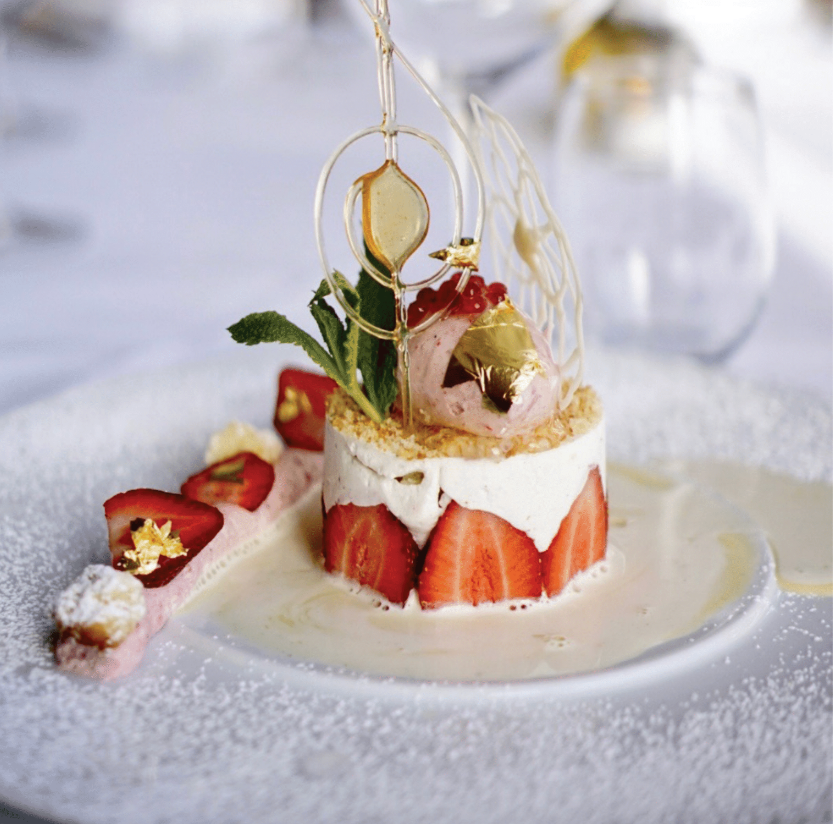Fine Art Collage: Not Your Childhood Scrapbook

Photo credit: Josef Albers
“Collage is the cut, the tear, the rupture and the overlay of our contemporary culture. It is the hybrid language of urbanity—remixed, re-contextualized, and wholly built from the fragments of daily life.”
Pavel Zoubok
Collage, a term most often associated with magazine clippings, newspaper cut-outs, or photographs pasted together to form a new whole, is an art form that was coined by Cubist artists Georges Braque and Pablo Picasso, and originating from the French word coller (to glue). While collage has been around for centuries, the medium of collage gained traction in the early 1900’s as an avante garde art form, and later through pioneers such as German artist Hannah Hoch and American artist Man Ray. After years of what seemed like a hibernation period for collage, this art form has made a comeback, especially among experimentally-driven multi-media artists, and the rise of pop culture’s heavy influence on art using iconic and familiar imagery.
Anastasia James, Deputy Director for Art and Education at the Bechtler Museum of Modern Art in Charlotte, North Carolina notes, “The medium of collage first emerged in conjunction with modernism in the early twentieth century and offered a new working method for artists, and later musicians and writers, to
interpret their experiences by re-contextualizing existent imagery by removing it from its original context and placing it in a new one.”
Collages are made from a range of materials, both found and created, but artistic collages are generally made with paper featuring anything from photographs to existing paintings or drawings to three-dimensional objects. Most of us were introduced to collage art as children, in part because of the availability of print material, the ease of the medium, and its multi-sensory process that developed fine-motor skills (such as cutting and pasting). Equally as stimulating for adults, collage often takes the form of scrapbooking, and where many of us identify with collage as a deeply personal, engaging process that is easily accessible and requires no technical training.
While it’s true that collage in its simplest form can be created by most anyone, fine art collage can be misunderstood by potential collectors, and limited to our own experiences and associations with it. Collage—sometimes called mixed media—tends to be a deeply personal practice for artists, laden with symbols, words, and materials that have some level of significance or meaning either conceptually or tangibly. Expertly-done collages by professional artists are an entirely different matter all-together, and can offer an experience for viewers that is unique to collage. The following are aspects to pay attention to when viewing or considering adding fine art collage to your personal collection:
1) Juxtaposition: a key component to a good collage is how artists use an array of images that, when combined, subvert traditional meanings and challenge our existing interpretations of any given symbol, object, or image. Good collages create tension and force us to re-imagine objects or text when used in new and non-traditional ways.
2) Materials: the wider range of materials used (think anything from historical book cut-outs to paper mache to Polaroids), the more interesting the final work becomes. A broad use of materials equates to more texture, color, contrast, and depth.
3) Composition: well-done composition is always important for any work, but it is especially important with collage. While anyone can randomly glue magazine cut-outs onto paper and call it a collage, artists approach composition, like any painting or sculpture, thoughtfully and with intention. The collage should offer dialogue, with the individual parts of the collage contributing to that dialogue in a seamless but unexpected way.
Collage art has evolved tremendously over time, and the medium and process of collage has earned an important place in contemporary art.
James adds, “As a medium, collage anticipated many of the central questions and tenets of postmodernism by placing value on fragmentation and re-contextualization, and it continues to
have far reaching effects on contemporary visual culture and the ways in which we create, disperse, and consume media.”




